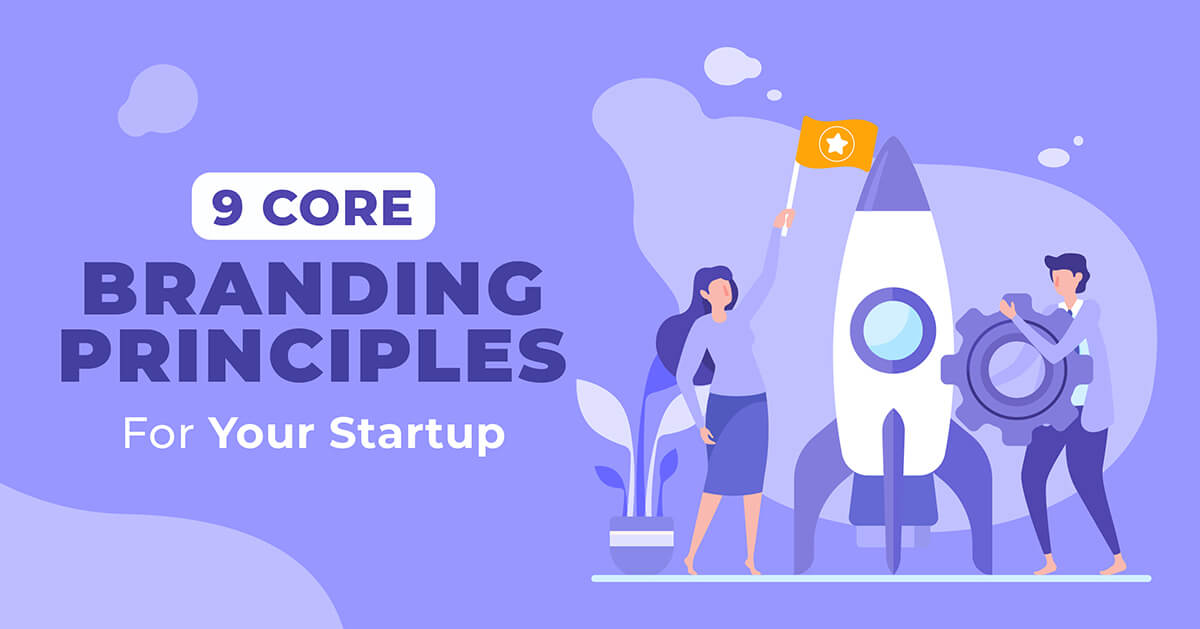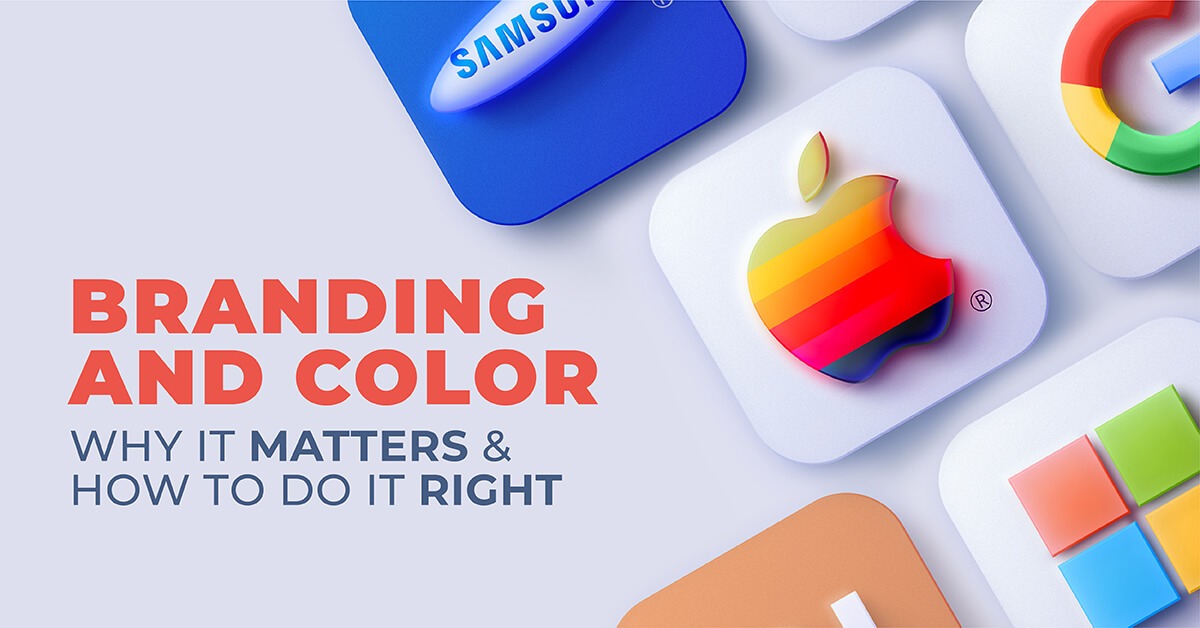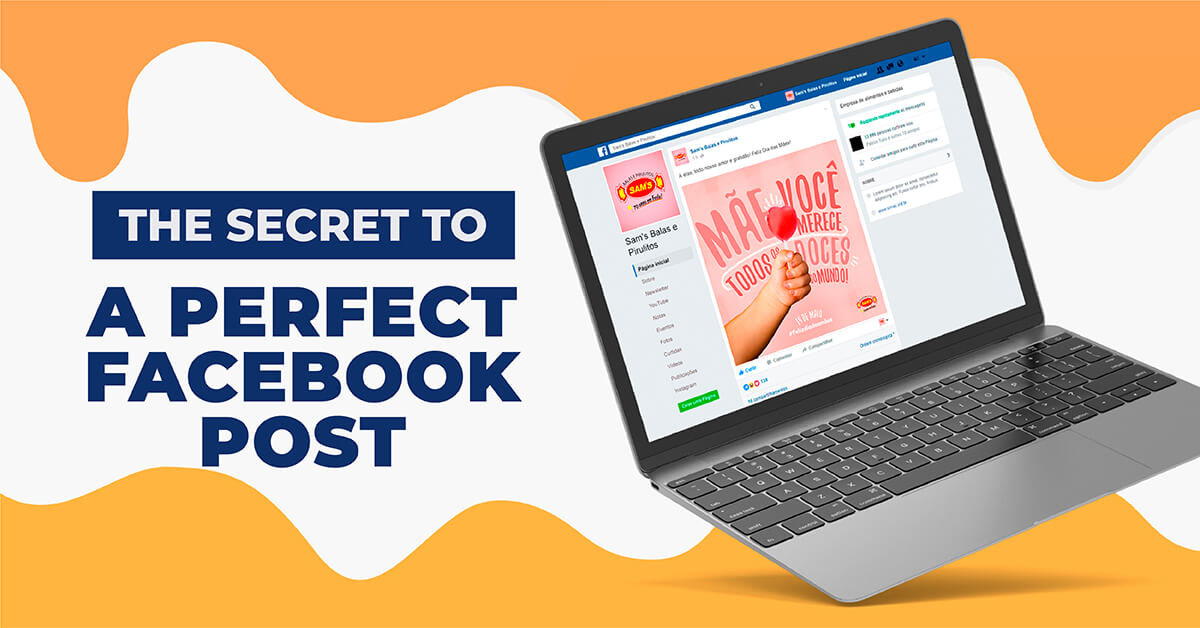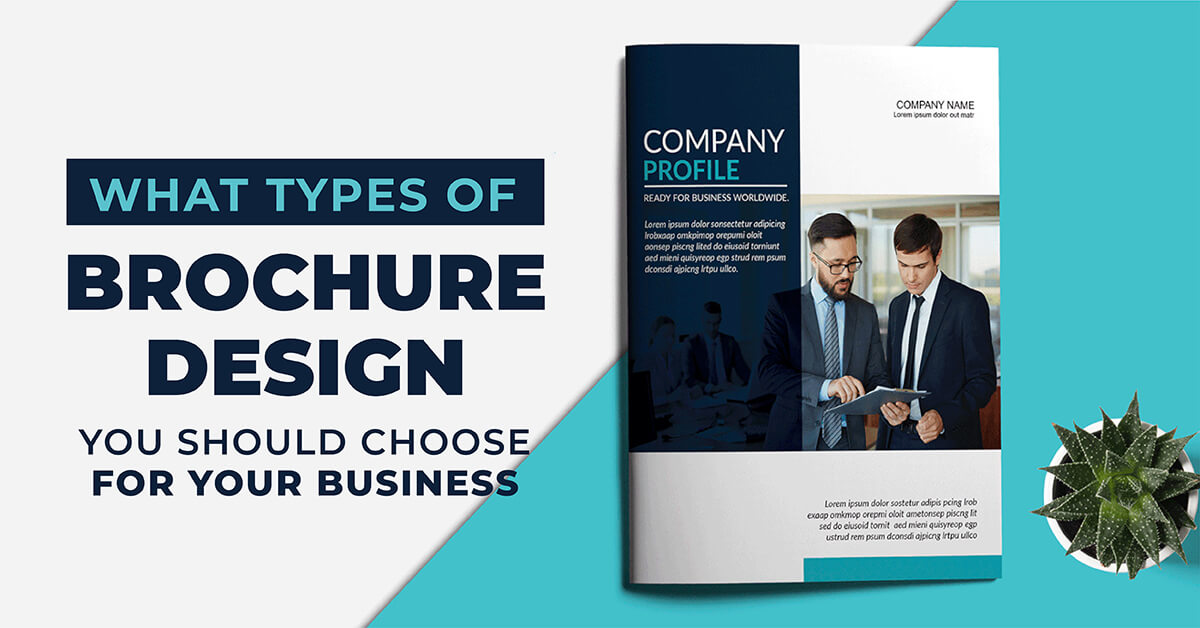Why Brochure Never Gets Old In Marketing?
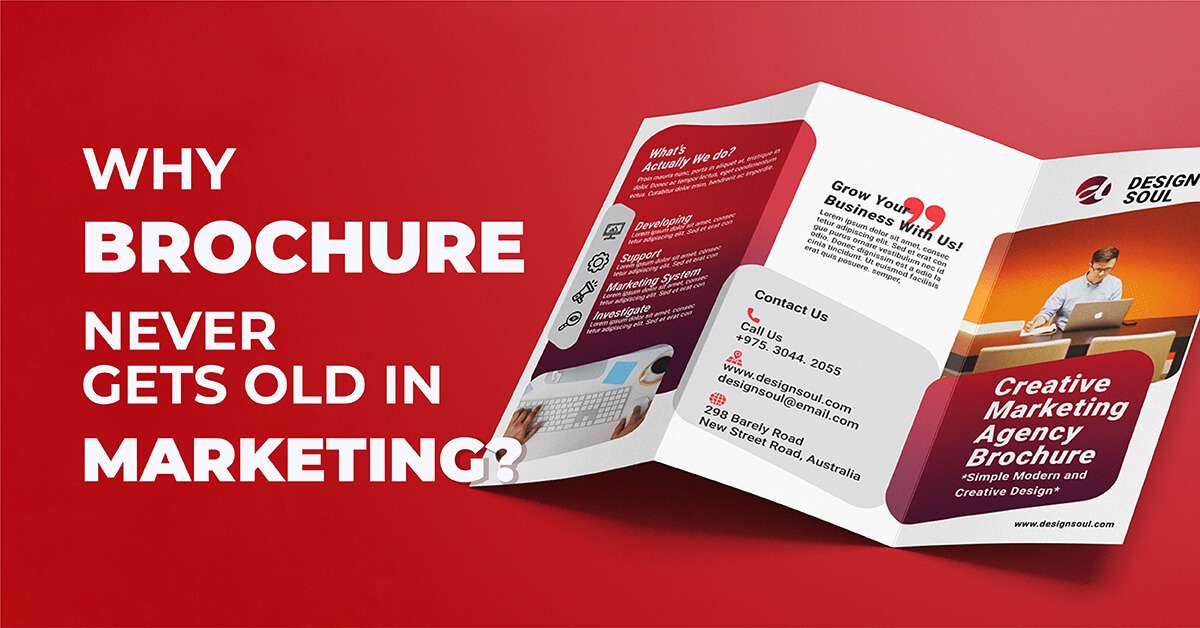
The rise of digital marketing has put a challenging question on many marketers about the importance of a brochure in their marketing communication strategy. While brochure was one of the most effective marketing tools in previous years, its role has been reevaluated in recent years. Social media channels seem to be the top of mind advertising channel that many brands think of when they need to market their products. However, we reckon that brochures are still important marketing collateral that never gets old. Read on to know why.
1. The brochure provides customers with direct interaction
Digital technologies have pervaded different aspects of business operation, from human resources to supply chain management, from customer service to marketing. Online sales and marketing tools facilitate the selling tasks; customers don’t need to touch, feel or smell the products that they want to buy before clicking “add to cart” to get them delivered to their doors.

In this context, the brochure has its own advantage of allowing your customers and prospects to connect with the information they received on the brochure. Instead of browsing through your company’s website, they can touch, read and then pass on to their family members or friends when they want to. Reading information on a physical brochure is more meaningful. It gives your customers a “real” and tangible benefits compared to clicking through different websites and online ads.
These pop-up ads can show up anytime when your customers visit a website, but it could be difficult for them to trace back to look for the information they need. Brochure, on the contrary, is much easier to access because your customers can leave it on their desk or in their drawers. To help your customers keep your brochures, make sure you’re using the appropriate brochure size. Small sizes can easily get lost whereas big sizes might not be convenient to keep.
2. The brochure can help marketers reach the right target
Because it’s often distributed at events, exhibitions that are related to your business. These visitors are your target audiences who are interested in your products and services. The chance of delivering your brand message to your targets are, therefore, higher compared to online ads.
In case you’re sending your brochures via mail, you’re also sending them based on a customer database. These are probably your current customers who are in need of your new product ranges. In certain cases, this database can be packed with potential customers who will be likely to look for information about your products.
Regardless of which distribution method you’re using, a brochure can help you effectively target your audiences without spending till the last cents of your marketing budget.
3. The brochure enhances customers engagement
Because it’s tangible. It gives a human touch to the receivers as opposed to an abundance of online marketing tools. In this digital age where almost anything can be done online, a brochure provides your brand with a competitive edge. It does serve not only its basic objective, which is to introduce about your company to your customers, but also a great tool to show your presence in your customers’ daily lives.

Many online ads are un-liked by many customers because they’re manipulative and annoying. Conversely, a properly designed and printed brochure can hardly be thrown away, and thus, not easy to be forgotten and ignored. Customers love to keep beautifully printed brochures to refer back to for information when they’re in need of it.
4. The brochure is an inexpensive marketing tool
Brochure making is now much more convenient thanks to online design tools. They can help you come up with professional brochures without spending too much time and money. You don’t need to join different training courses and sit through hours of practice to be able to design a brochure.
When it comes to brochure print, modern printing techniques allow you to print brochures in bulk for a reasonable price. That said, it’s highly recommended to have a proper plan on the exact quantity before you send your brochure out to print. The larger the amount you need to print, the lower cost you’ll have to pay.
Distributing brochures, if done properly and carefully, doesn’t cost you much. Coordinating with your business connections to deliver brochures to potential customers is certainly very cost-effective. Similarly, choosing the right networking events to distribute your brochure could save you quite a lot.
Online marketing tools such as Facebook Ads or Pay Per Click can cost you hundreds to thousands of dollars per month if you’re in a competitive industry like beauty care or fashion. On the contrary, brochure design, print and distribution don’t empty your marketing budget.
5. The brochure gives you the freedom to build your brands
Because you’re the decision maker, you decide on the type of brochure you’re going to have, you know how many pages you’ll need, how many product images you’ll use. You have all of the freedom to establish your objectives and from then on, identify the right brochure size. Therefore, building your brand and boosting your sales in a brochure can easily be done.

Conversely, in online banner ads, you need to follow certain dimensions that the publishers give you. This means you can only use that limited space to tell customers about your products. If you have a huge marketing budget to afford good banner size like 400 x 500 pixels, then it’s not too bad. However, if you’re in budget constraint, smaller banner size like 60 x 90 pixels is very likely a waste of money. That’s because it’s too tiny to say anything about your products.
In the online marketing environment, there’s usually a harsh competition. You’ve probably visited websites with lots of ads that pop up all around the content you’re reading. Imagine if your ad is competing with about 20 other ads on the same site. It’s a real challenge to make your marketing communication message memorable.




